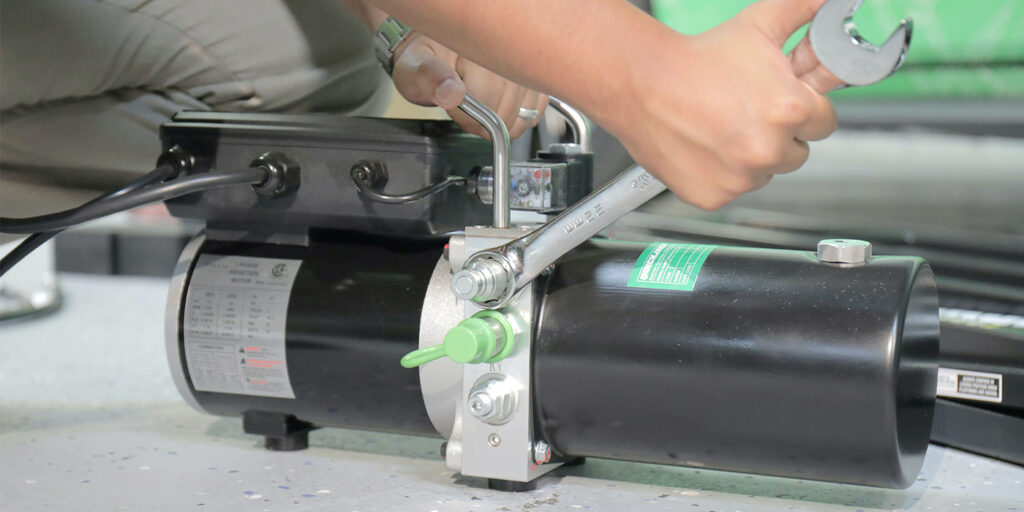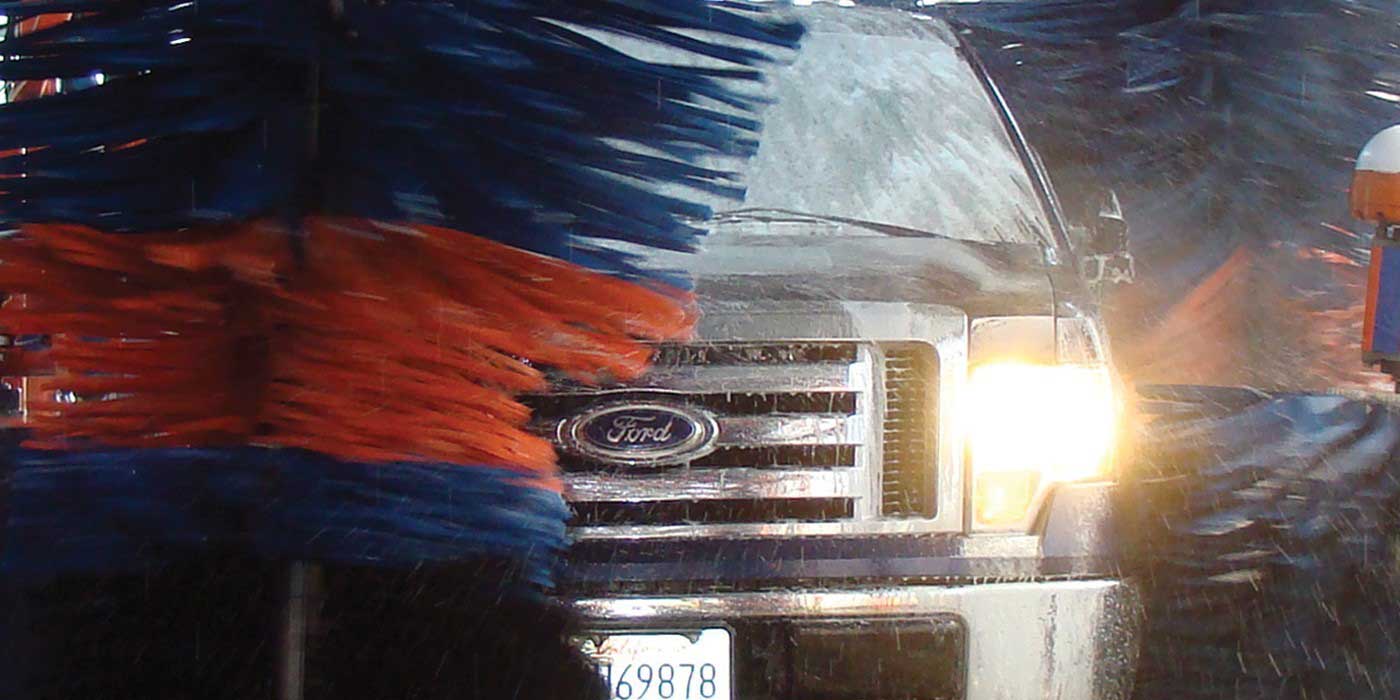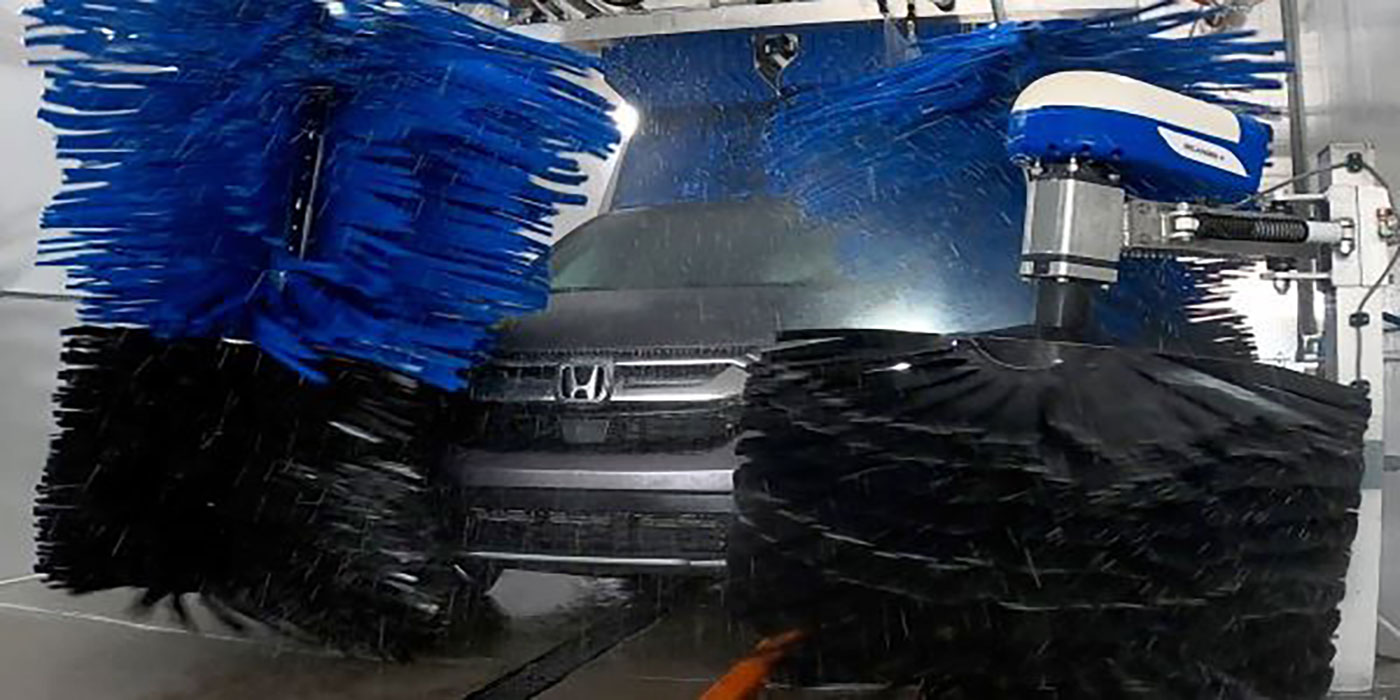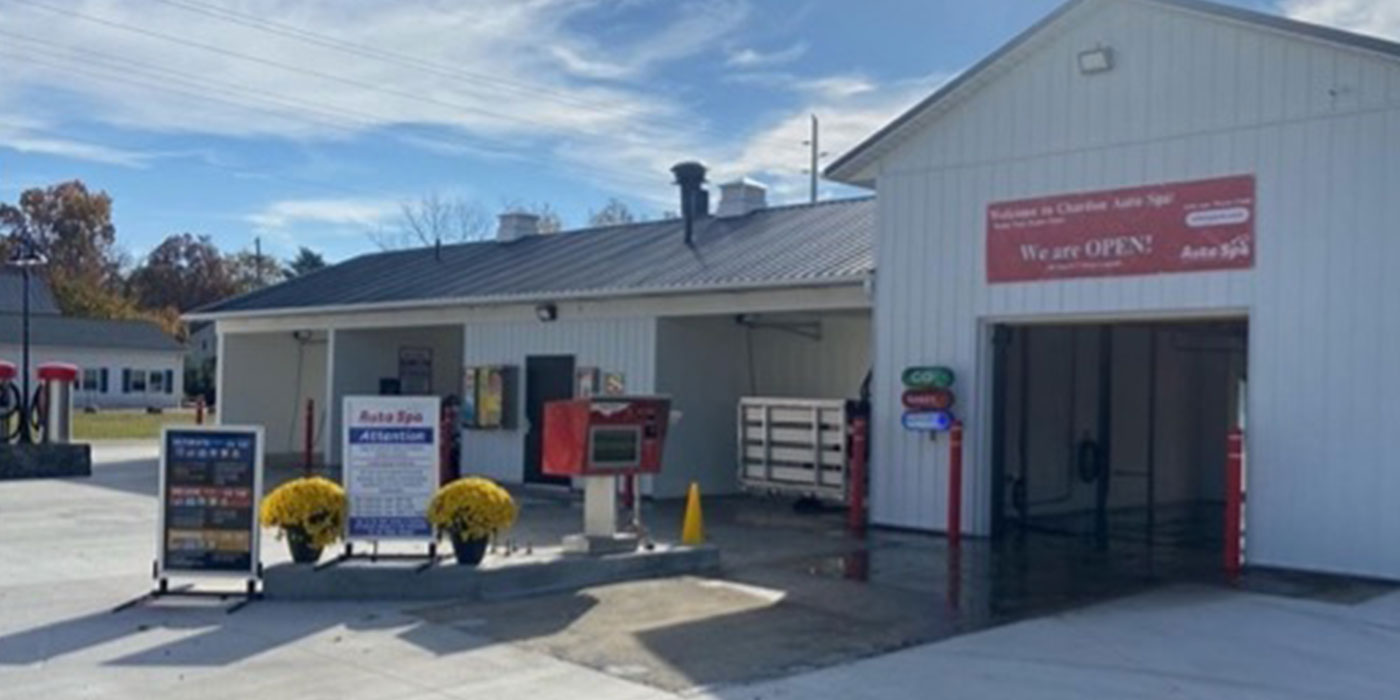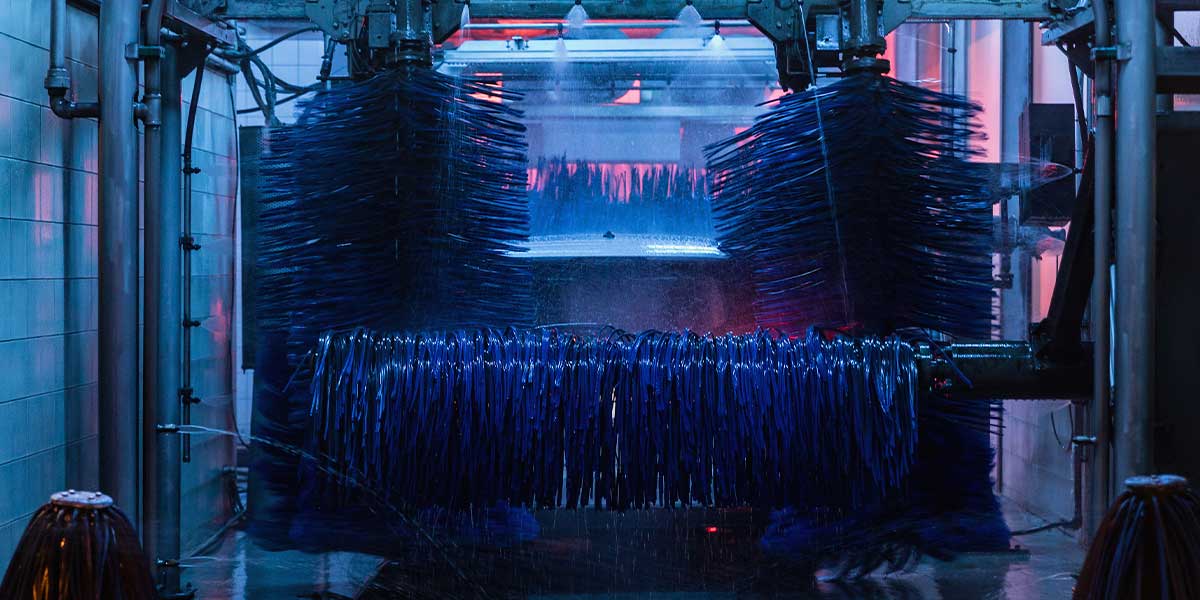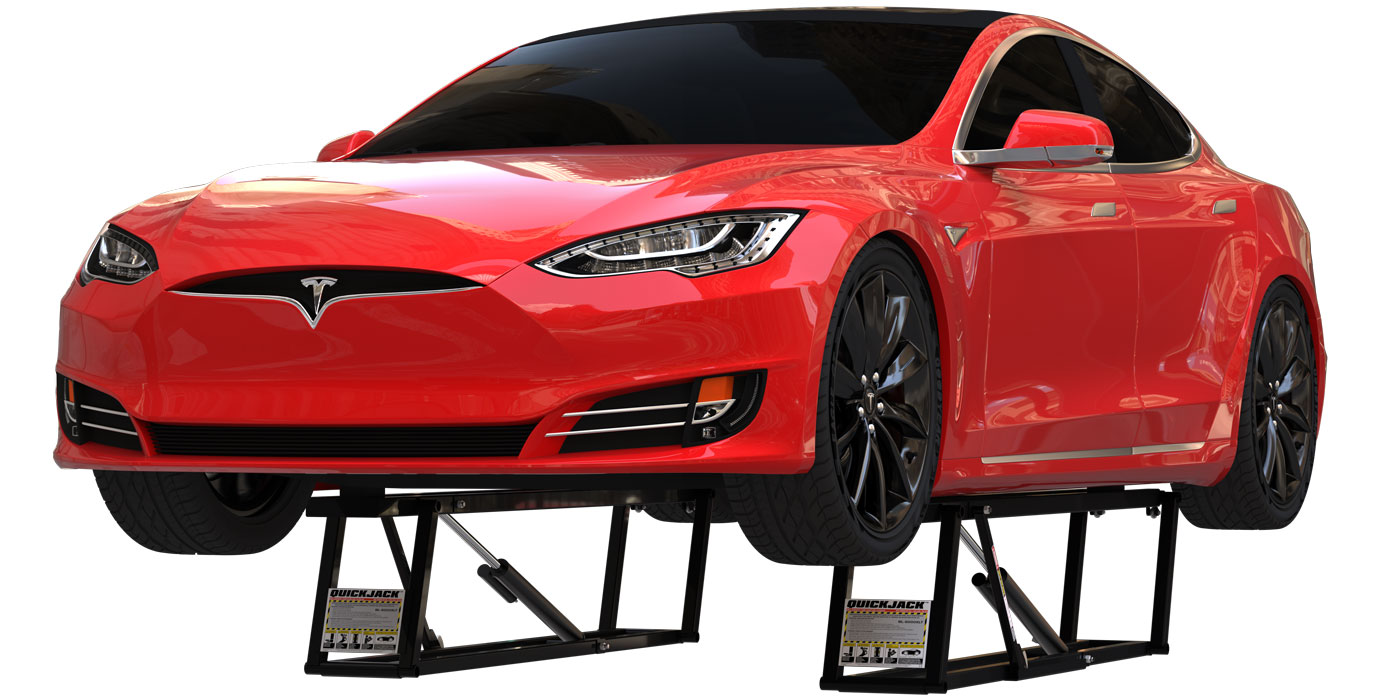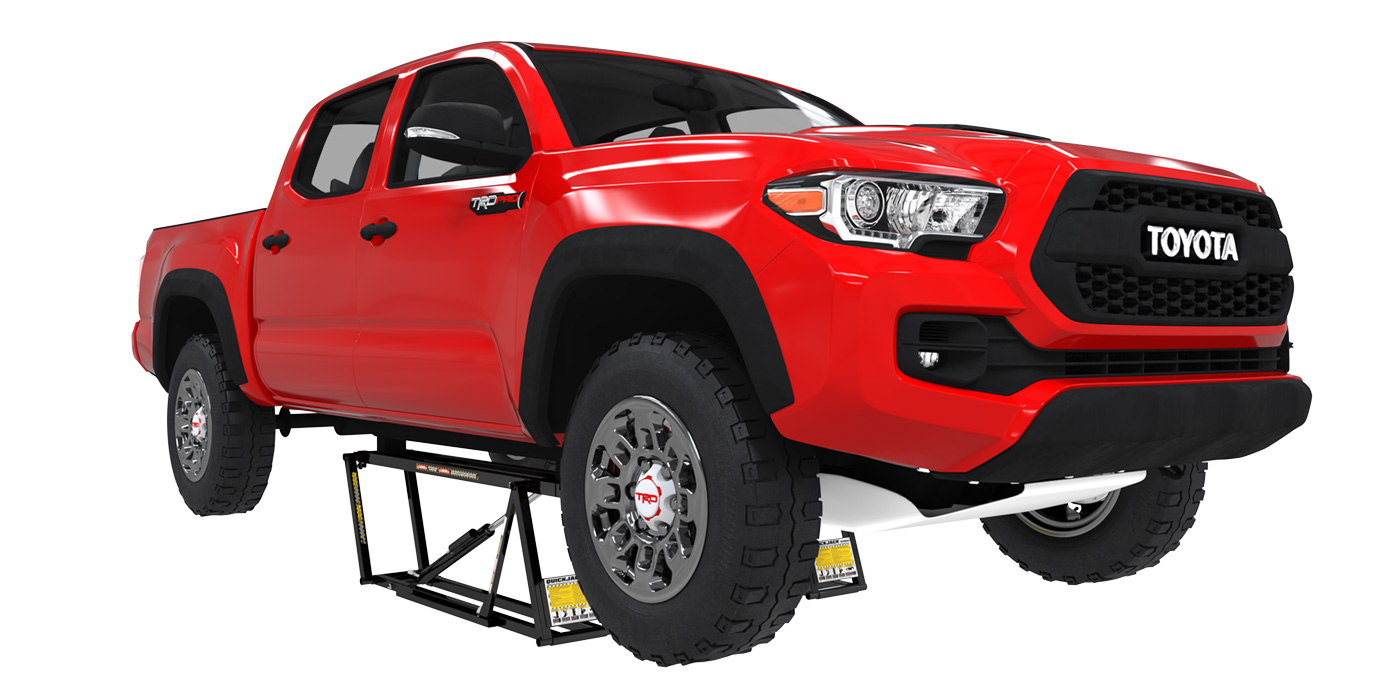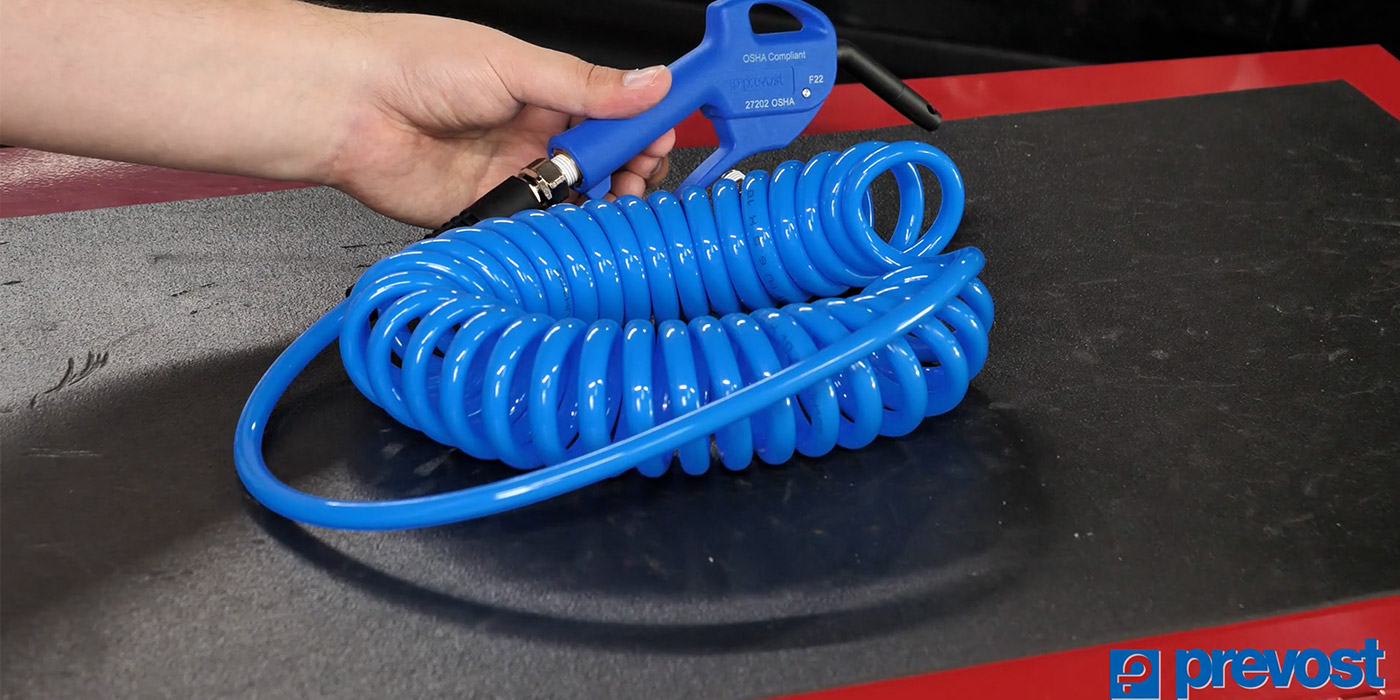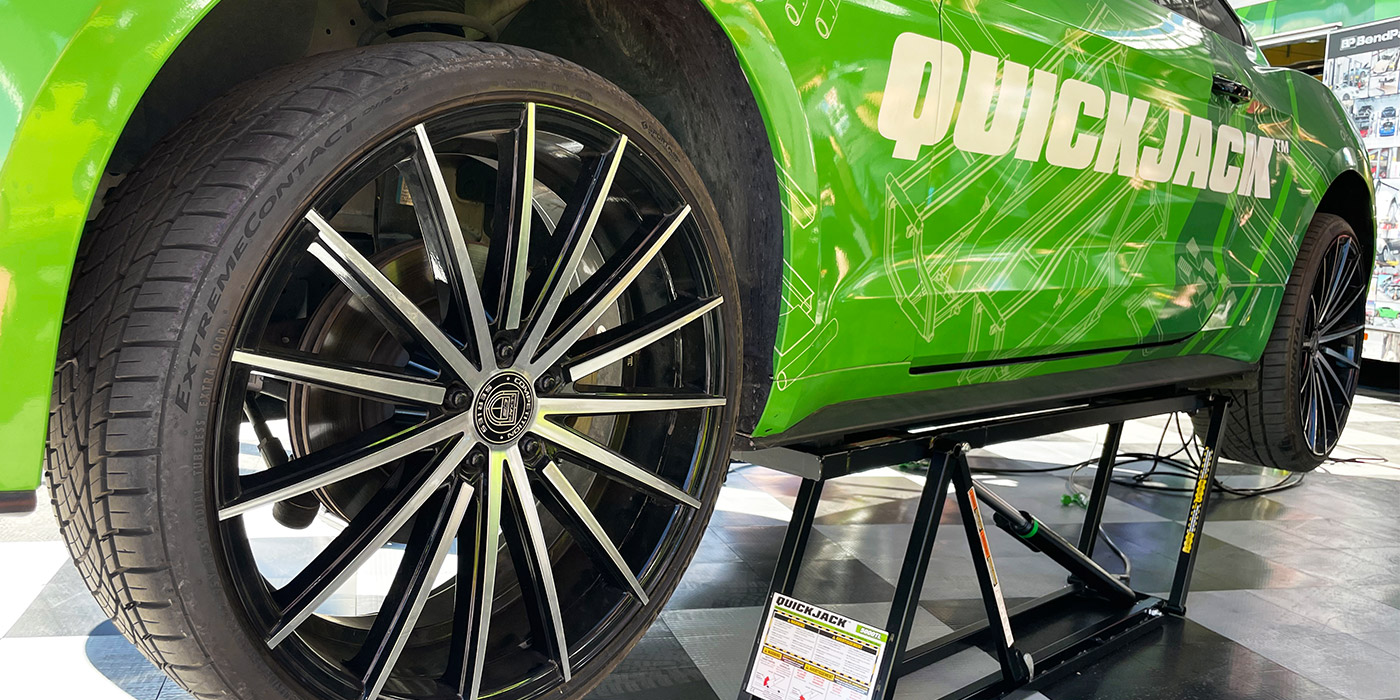Using a portable, low-rise lift makes hand-washing and detailing vehicles more efficient and ergonomic. And key to a lift’s long service life is keeping it — especially its hydraulic system — clean as well.
Hydraulic fluid contamination poses a serious issue for lifts or other hydraulic equipment. If contaminants like dirt, water or other debris enter the system through the lift’s hydraulic hoses and fittings, it can contaminate the hydraulic fluid and cause leaks, slow operation and other problems.
Fortunately, you already know all about cleaning.
When it comes to keeping your lift’s hydraulic system clean, it starts with the initial setup:
• Check the components. Make sure the hydraulic hoses and fittings are clean prior to installation. You can use an air compressor to blow out any contaminants.
• Always use clean equipment. If you use a dirty bucket or funnel to add hydraulic fluid, you’ll likely introduce contaminants. When using a cleaning rag, use one that is lint-free.
• Keep it covered. The ends of the hoses and fittings should be capped or covered prior to installation.
• Seal the threads. Thread sealant lubricates and fills the gaps between fitting threads to prevent leaks.
Follow the instructions that came with your lift about how often to check the hydraulic fluid levels, and add fluid if needed. Keep fresh hydraulic fluid sealed in its container until ready for use, and store it in a clean, dry and cool area. Avoid mixing different types of hydraulic fluid in the system.
If the hydraulic system does get contaminated, flush it and start over.

